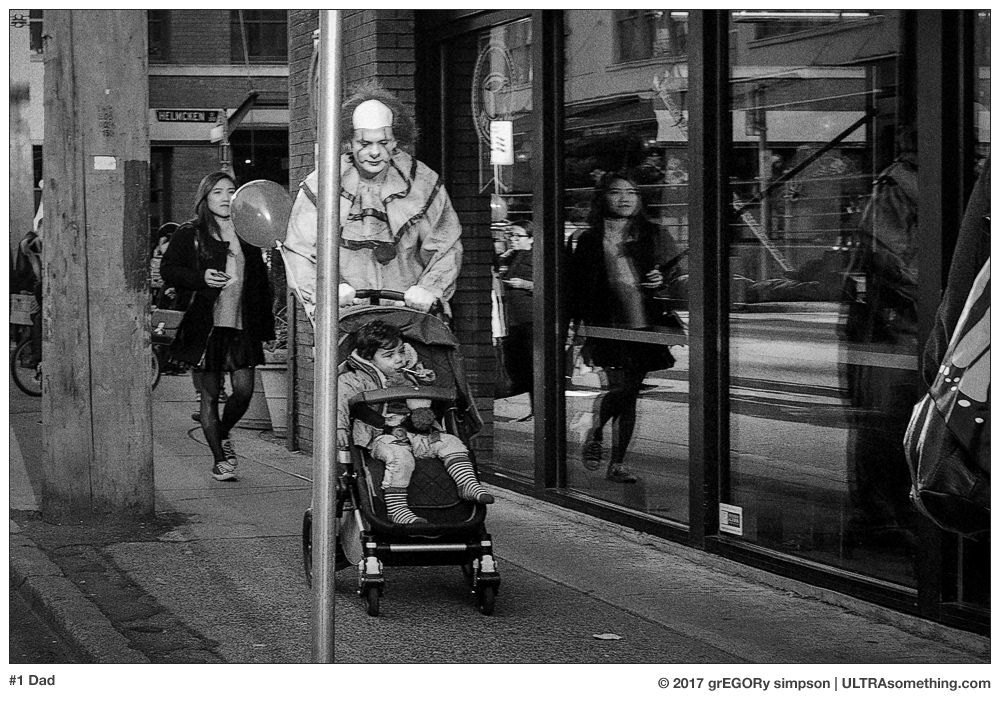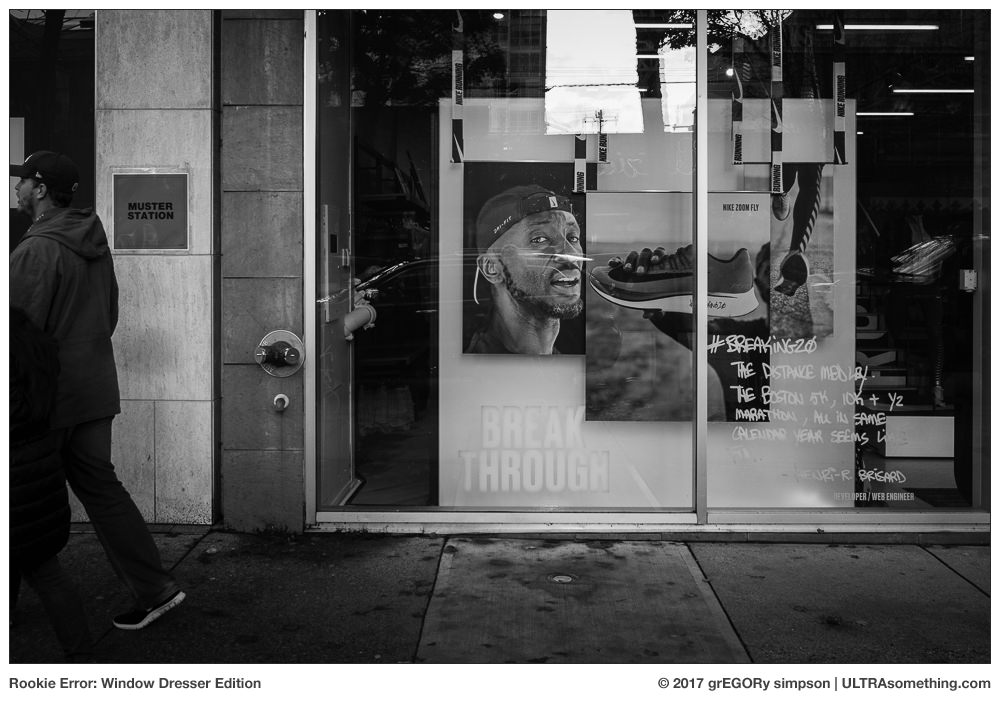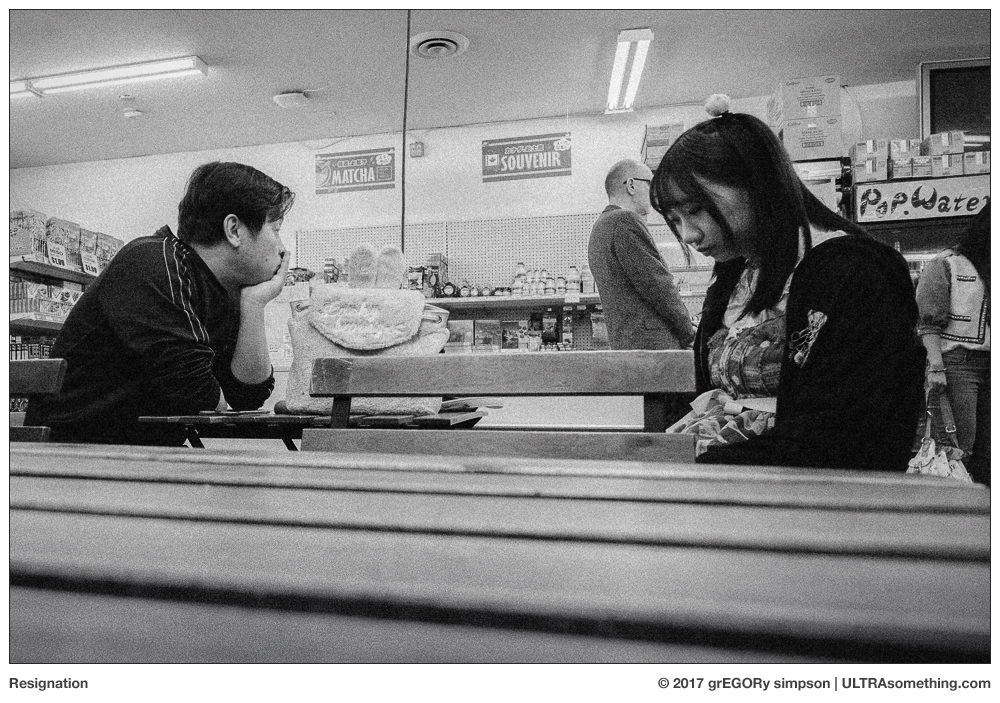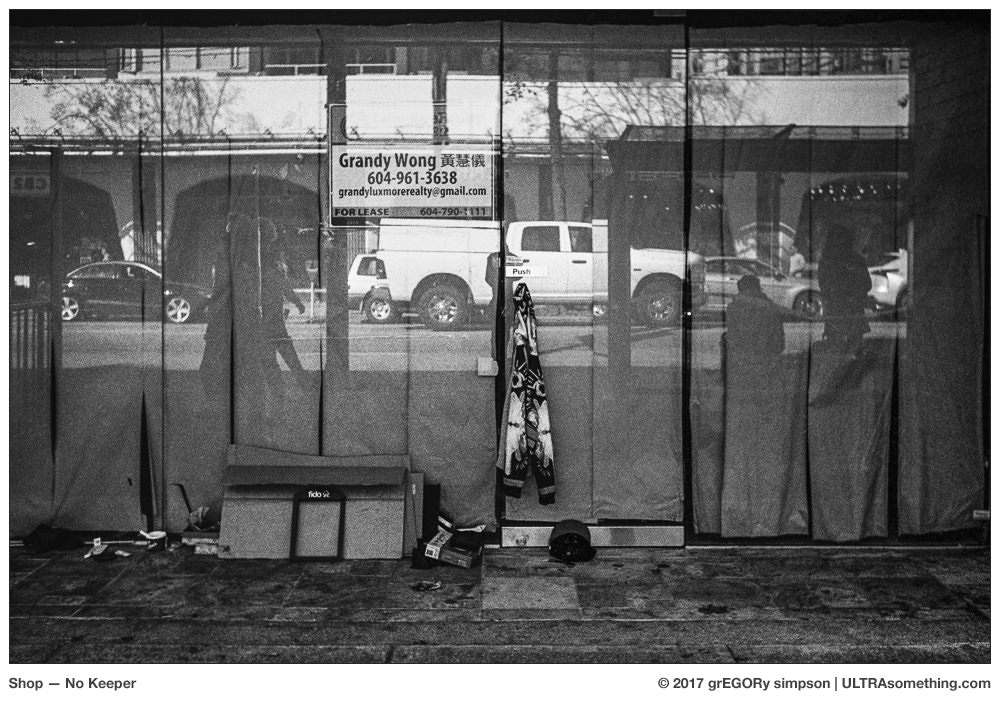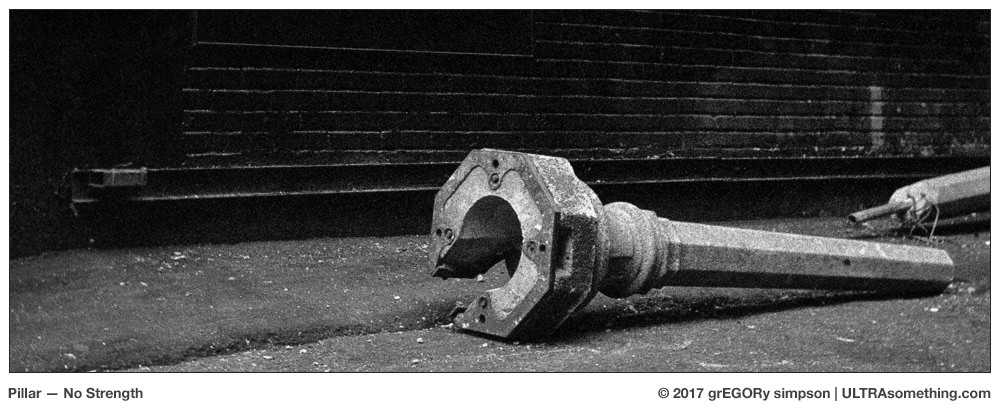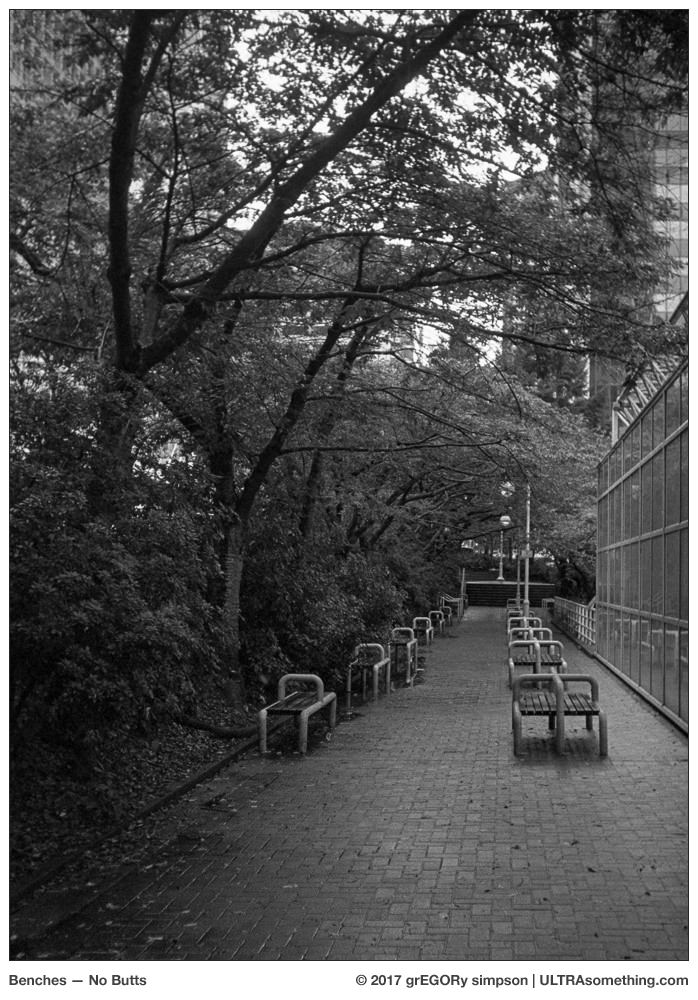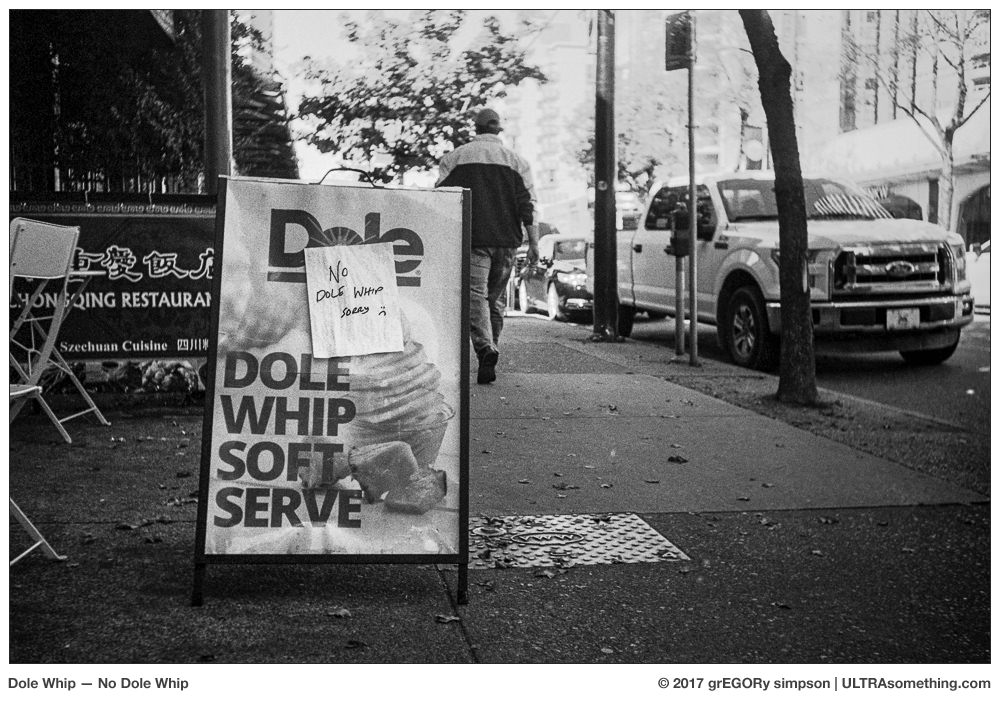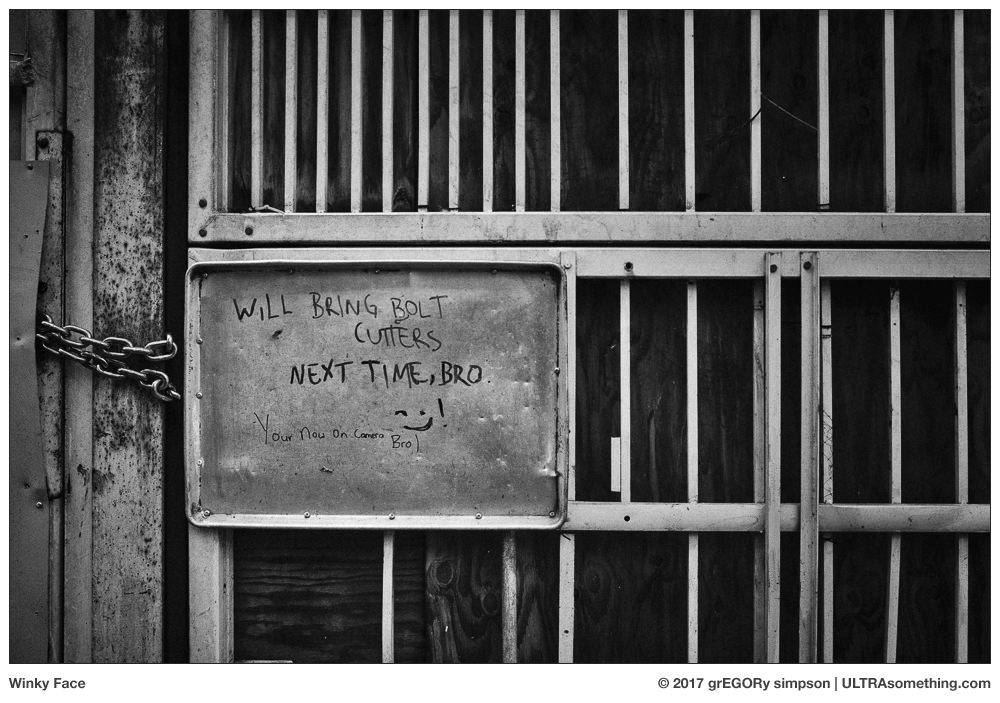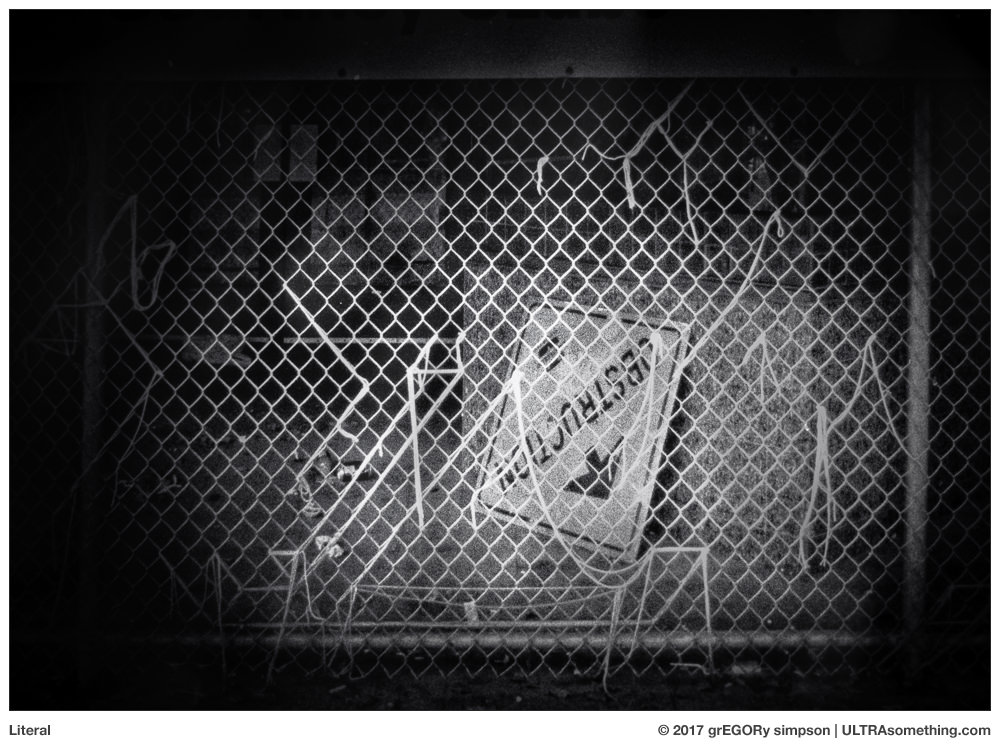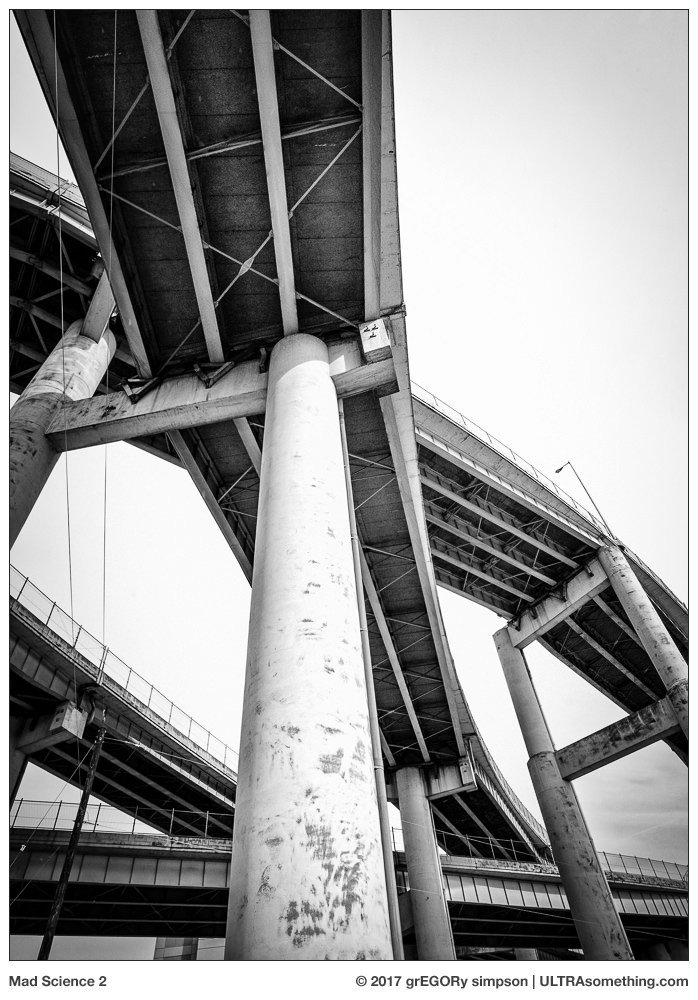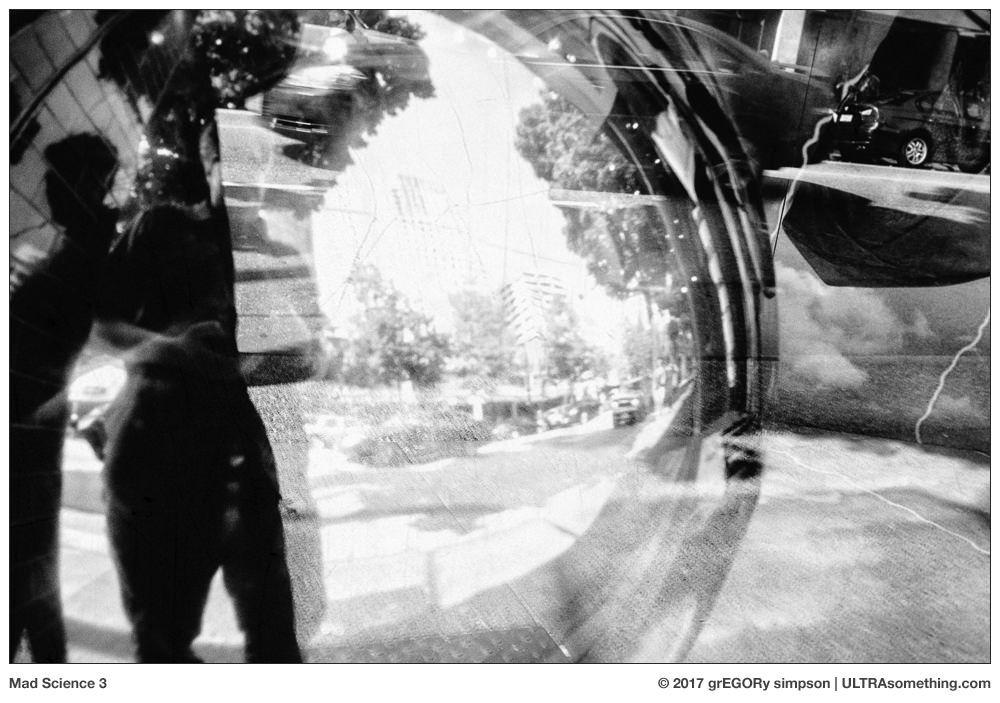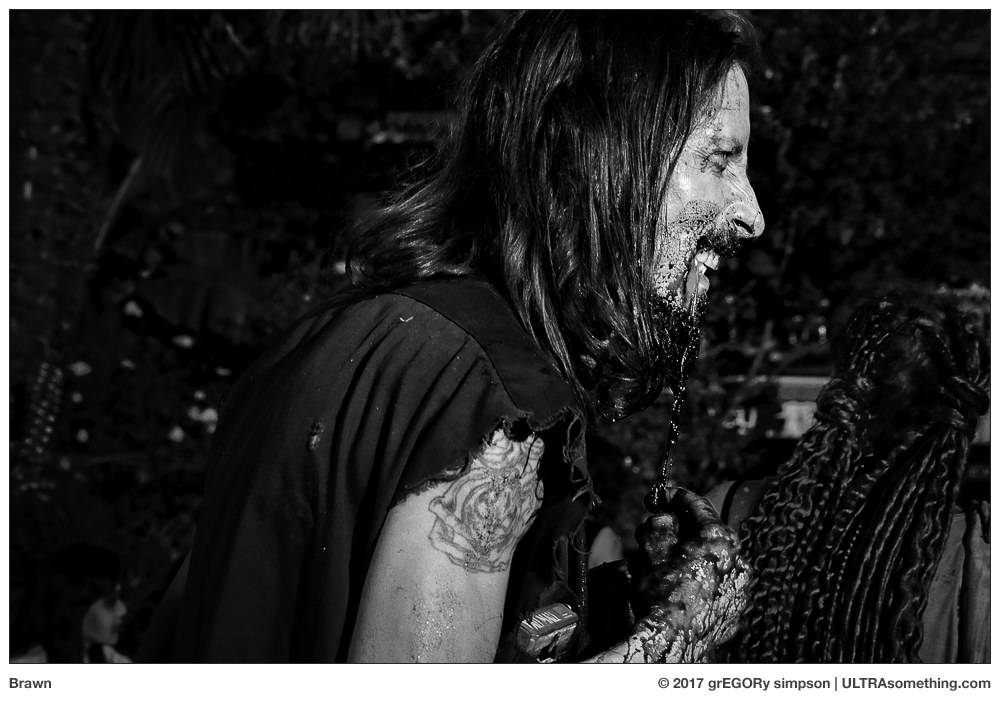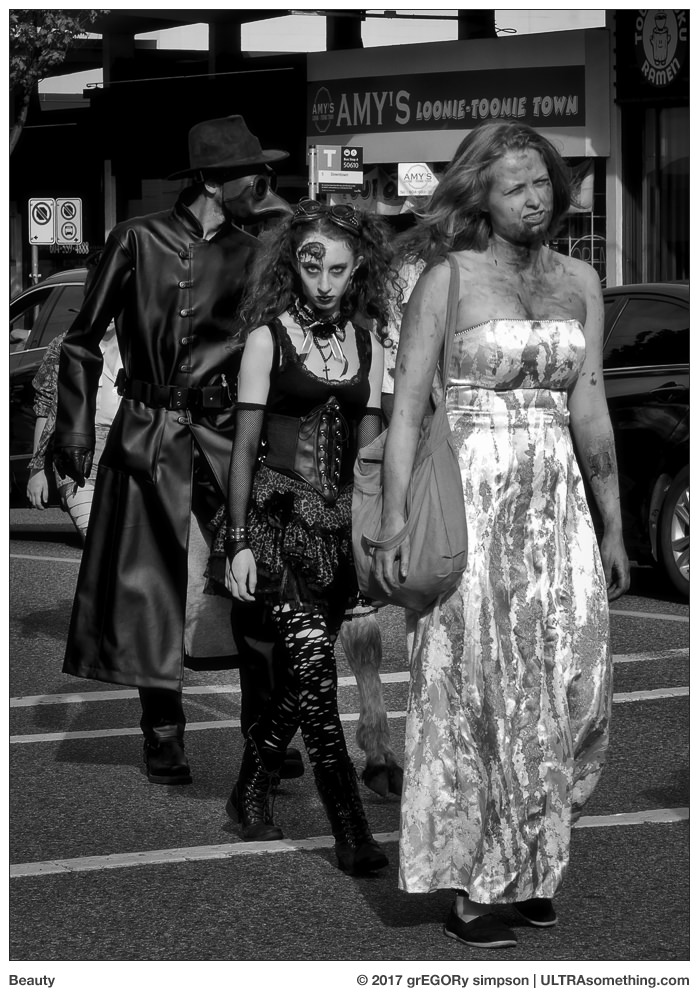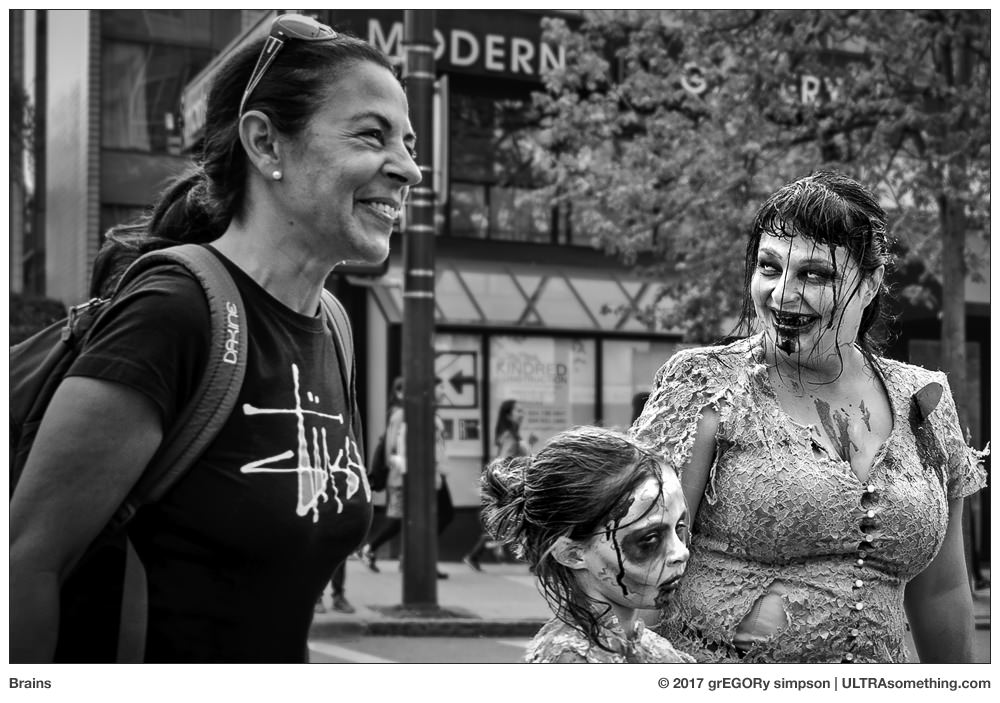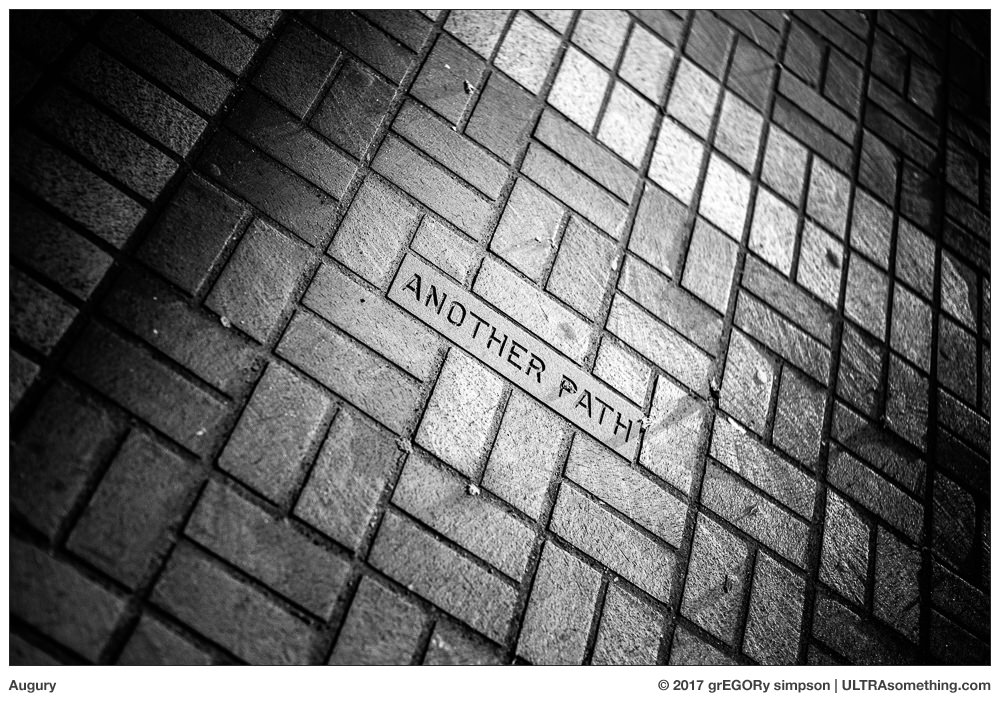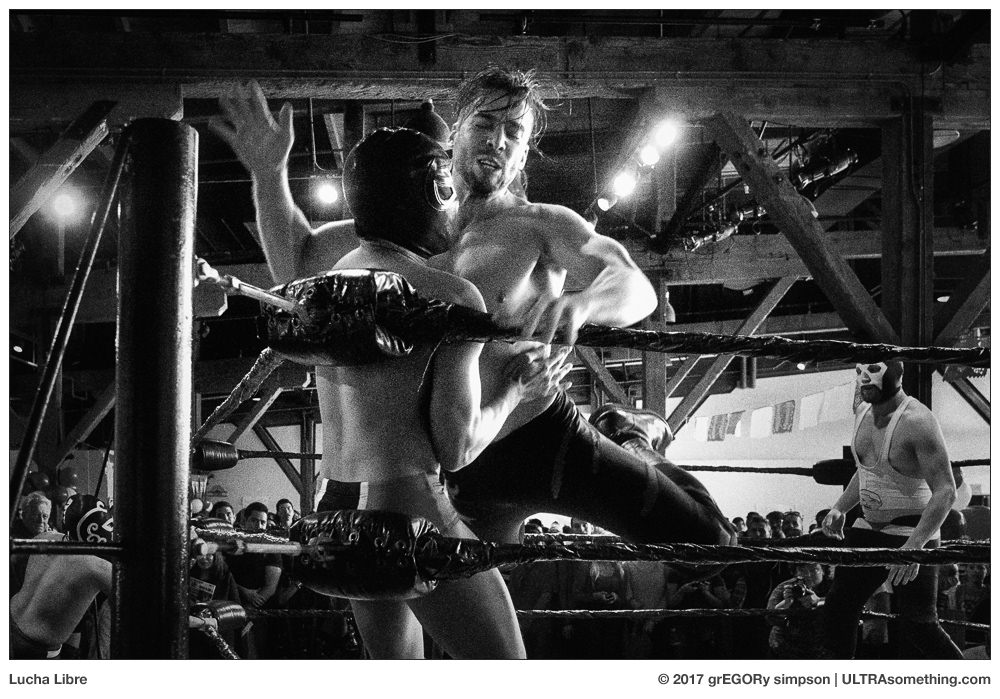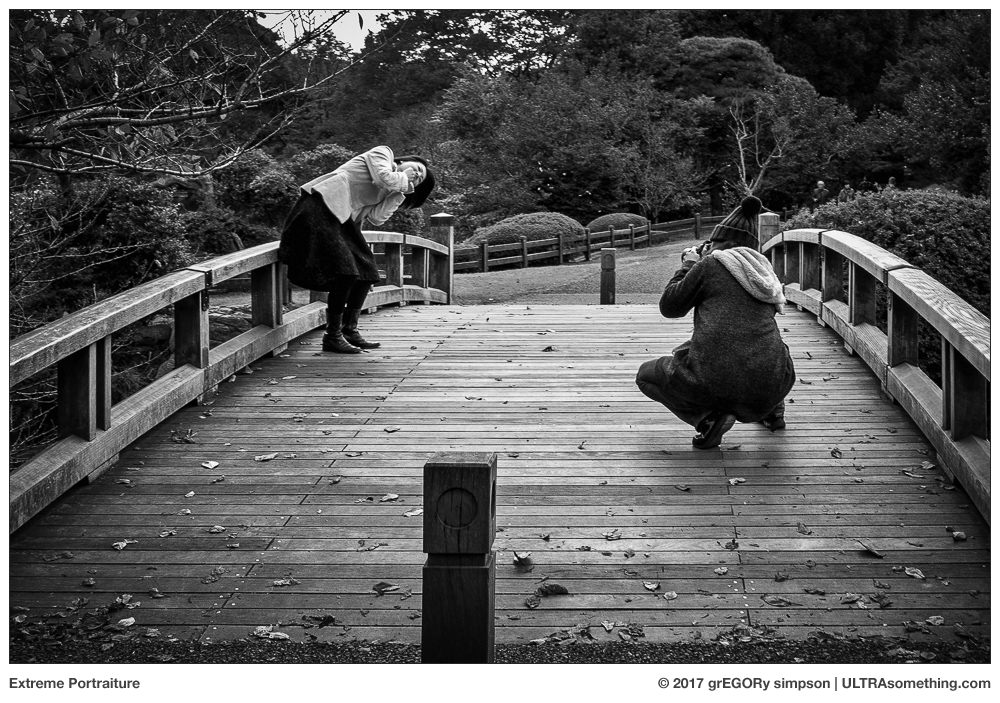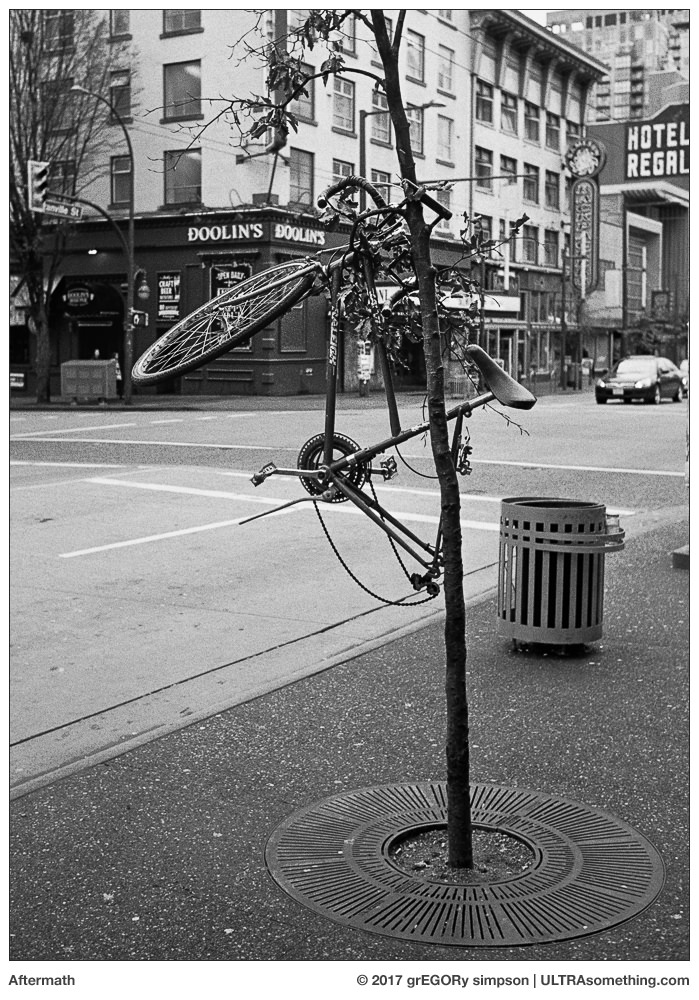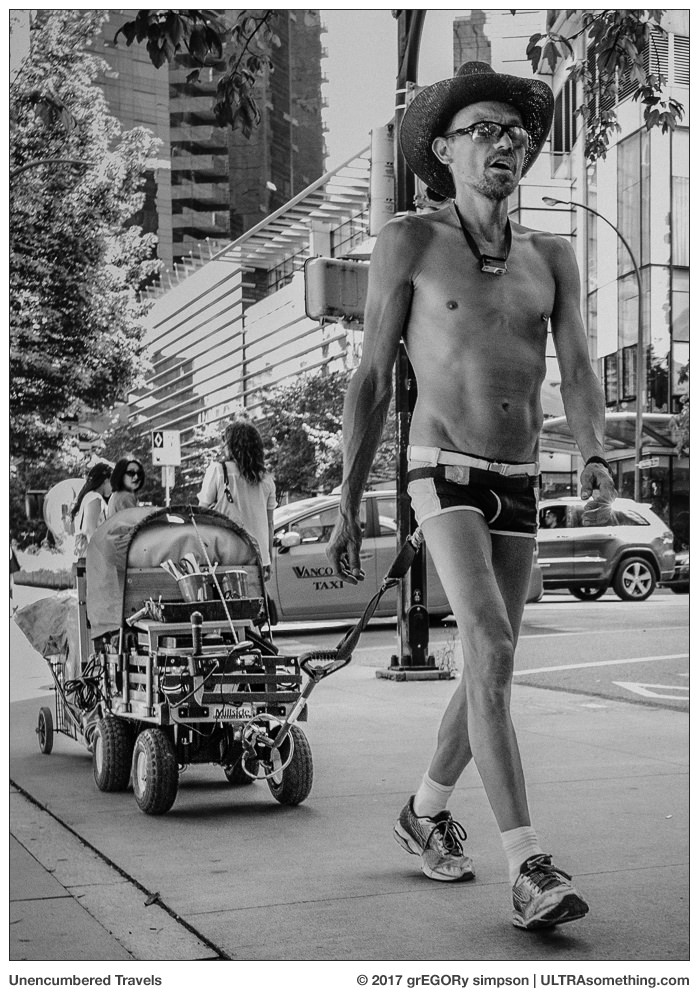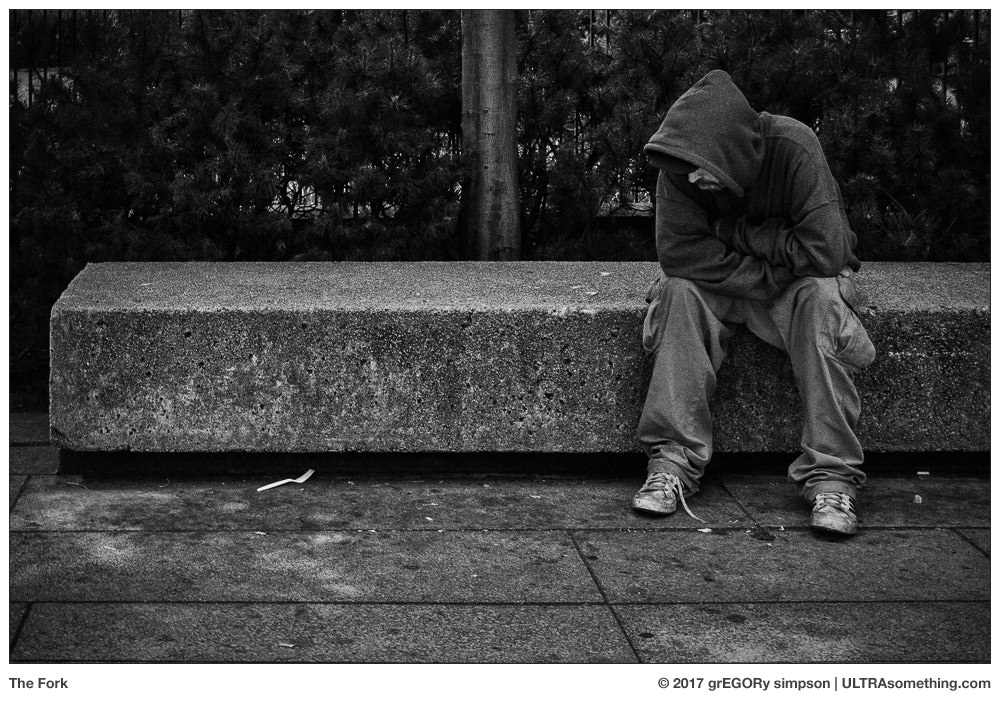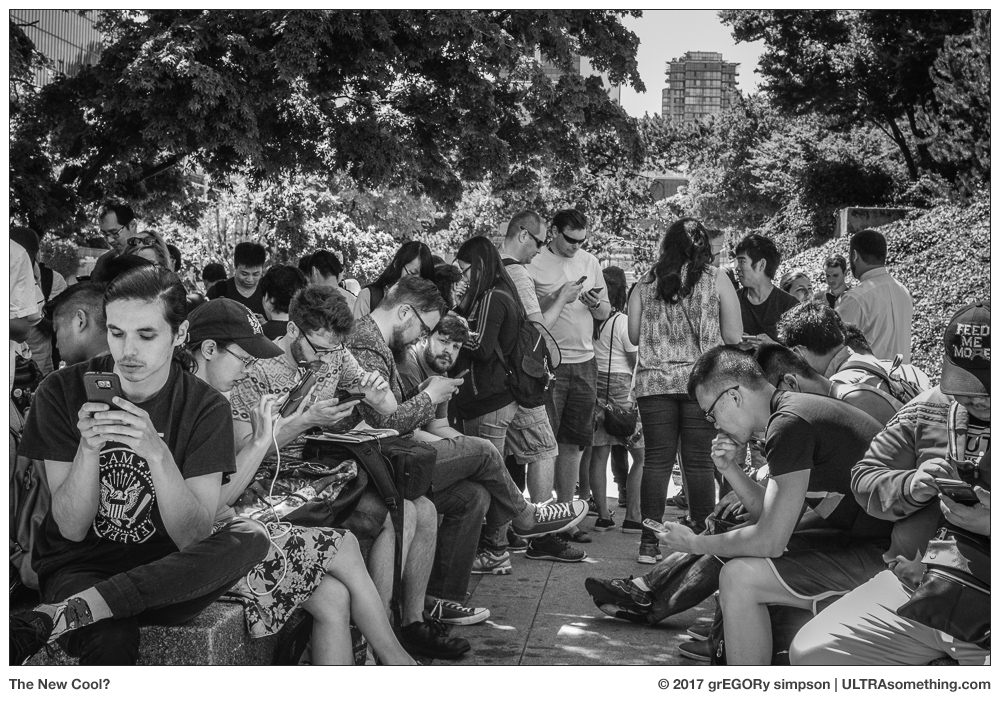Hunt. Fish. Farm. Prior to the industrial age, these were basically the only choices available to a hungry human hoping to fulfill their daily caloric needs.
But times change, and for the majority of today’s first-world burghers, it’s take-out, vending machine and frozen food aisle that top the list of options to sate a rumbling belly. Industrialized sustenance might offer the advantage of convenience, but I would posit that a blackberry plucked fresh from the vine is infinitely more satisfying than a blackberry-flavoured popsicle dropped from the lunchroom vending machine.
In case you’re wondering — no, I haven’t just rebranded ULTRAsomething as a foodie blog. I’m still writing about photography — I’m just indulging in metaphors again.
Take-out, vending machine and frozen food aisle are stand-ins for Photoshop, Affinity Photo and PaintShop Pro — three popular options for the modern photographer looking for “likes” in these dog-eat-dog days of social media. And while these options might indeed yield images as quickly and conveniently as a popsicle from a vending machine, they are equally void of nutritional value. So as long as I’m on my positing pedestal, I’ll also declare that a naturally compelling photo is infinitely more satisfying than one which tries to manufacture its charisma through extensive software manipulation.
So what about hunt, fish and farm? For what photographic techniques are these terms a substitute? I would suggest that the photographic equivalent for these words are: hunt, fish and farm. Which makes this perhaps the lamest metaphor I’ve ever crafted.
But even if you’ve succumbed to the seductive allure of altering your photos through illustration and collage, you still need to gather the raw ingredients — some assemblage of pixels with which to begin. And where do you get those pixels? You hunt, fish or farm for them.
Hunting for photos is what I do. It involves hitting the streets with nothing more than a small camera and a pocket full of hope. Hunters have no idea what their cameras will shoot that day — if anything. A successful hunt could feed your ego for months, while a string of unsuccessful hunts leaves you enervated and desperate. Hunters never stop moving. Fast shutters and good shoes are key. Hunters are always searching; always scanning the immediate surroundings for something — anything that might look tasty in a frame. I think of Daido Moriyama stalking the streets of Shinjuku. Or Josef Koudelka, who seemingly travels 100,000 kilometers per published photograph.
Go to any “street photography” class, and you’ll inevitably find it taught by a fisherman. Fishermen prefer to locate areas ripe with potential photo opportunities, and then cast a net. Fishing might mean attending events, parties or celebrations because you know you’ll be going home with something in your camera. Or fishing might mean locating the most intriguing geometric spot in the neighbourhood, and then waiting patiently for something to happen within it. Most of the great photojournalists or documentary-style photographers are fishermen, and why not? Fishing produces a steadier stream of photos than the ‘feast or famine’ nature of hunting, and it’s a lot less stressful. I think of Henri Cartier-Bresson as the consummate fisherman. Or Lee Friedlander for those of us with more esoteric tastes. Fishermen possess patience. I do not. 7 seconds is roughly the maximum amount of time I can stand still and wait for a photo opportunity to materialize before pounding more pavement.
Farming is what most photographers do if they want an actual income. Growing your own photos in a studio or under a controlled environment is a lot less risky than wandering around aimlessly with a camera, or spending hours hunkered down over some little spot you’re fishing that day. Farmers grow their own photos from the seeds of an idea, rather than relying on chance encounters in nature. Motion blur, focus errors and lighting challenges disappear. There’s no such thing as a missed shot. My photographic journey actually began with farming, and I may yet choose to till a little corner of the condo should the hunting prove too lean. Farming might lack the thrill of the hunt, but you’ll never be lacking for portfolio fodder. Most photographers with names known to the general public qualify as farmers: Richard Avedon; Annie Leibovitz; Helmut Newton. But for me, Frantisek Drtikol is the one who first got me interested in farming, and his shapes, tones and shadows still fertilize my imagination to this day.
Some of you may wonder why this metaphorical list neglects other nutriment-satisfying activities, like ranching, foraging or trapping. The reason, of course, is that ranching is just farming for carnivores; foraging is simply hunting for vegetarians; and trapping is fishing for non-pescatarians. In the end, if we want to satisfy our hunger for images, we all must first become hunters, fishermen or farmers — even if our ultimate goal is only another popsicle for our Instagram feed.
So what feeds your photography? Are you a farmer who pursues photography with the same creative vision and aesthetic refinement that motivates painters, sculptors and other studio-based artists? Or are you a healthy and well-balanced fisherman who effortlessly merges life and friendship with an appreciative eye and a passion for photography? Or maybe you’re like me — a hunter seduced by the unknown, obsessed with the chase, riddled with uncertainty, yet nourished by photographic possibilities deemed unpalatable to many?
©2017 grEGORy simpson
ABOUT THE PHOTOS:
The three photos accompanying this article could only come from the camera of a hunter. I can assure you I would never have thought to stage a scene in which a man in a clown suit pushes his contented child in a stroller. And I could fish all year, but no matter how hard I tried, I’m certain that I would never land a photo of a man about to eat a shoe. And I still can’t fathom how Forrest Gump beat out Pulp Fiction for the Best Picture Oscar in 1994, so you can be certain this is not the sort of image I would choose to either fish for or farm — but hunters can’t be choosers.
REMINDER: If you find these photos enjoyable or the articles beneficial, please consider making a DONATION to this site’s continuing evolution. As you’ve likely realized, ULTRAsomething is not an aggregator site — serious time and effort go into developing the original content contained within these virtual walls.




